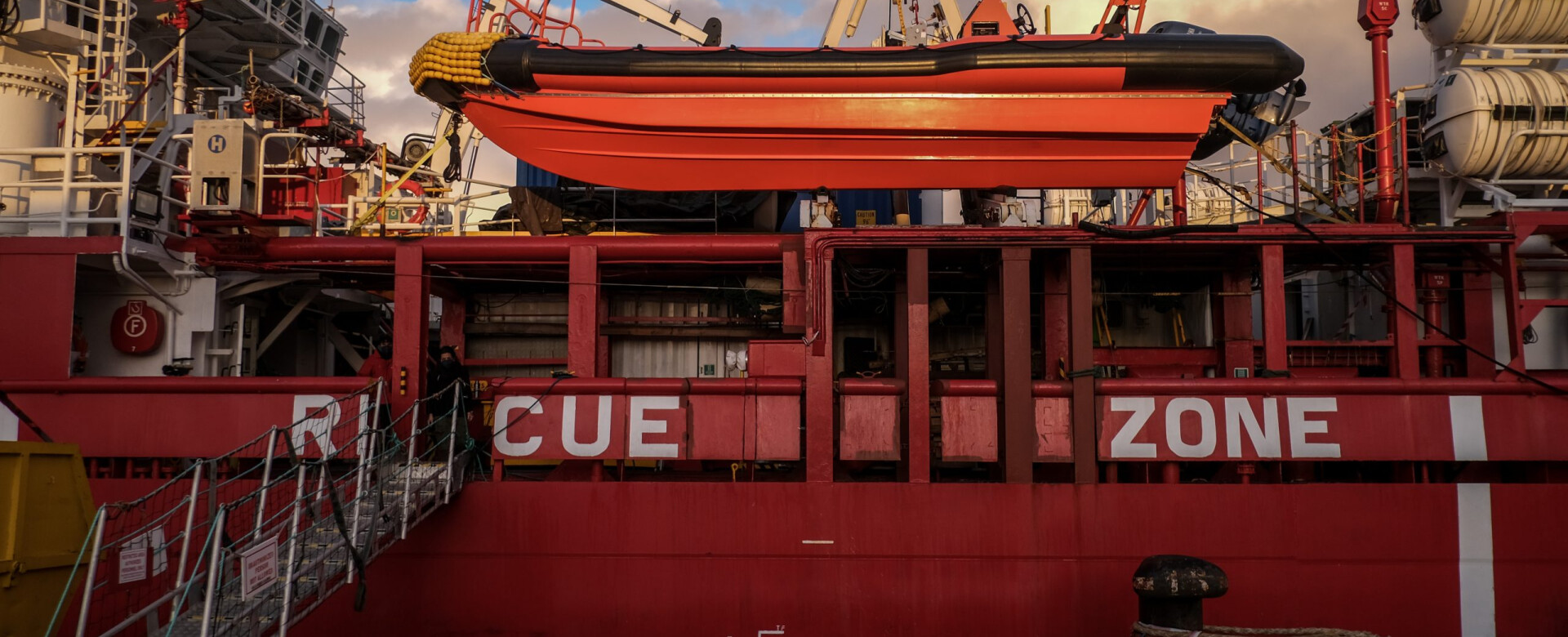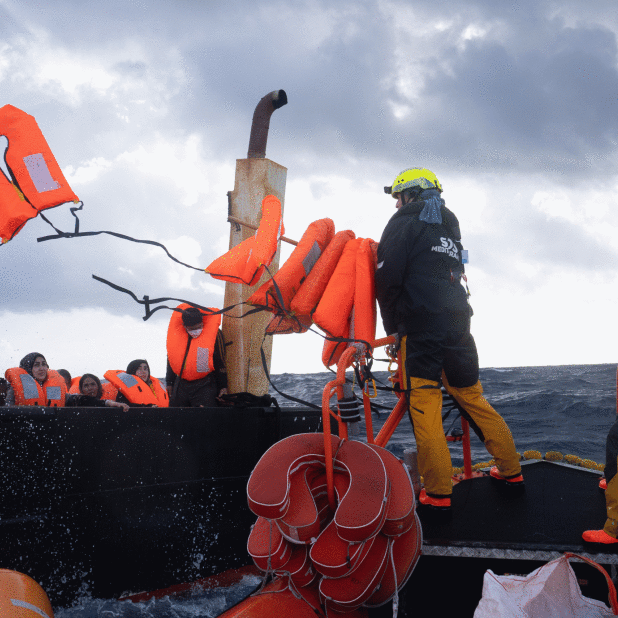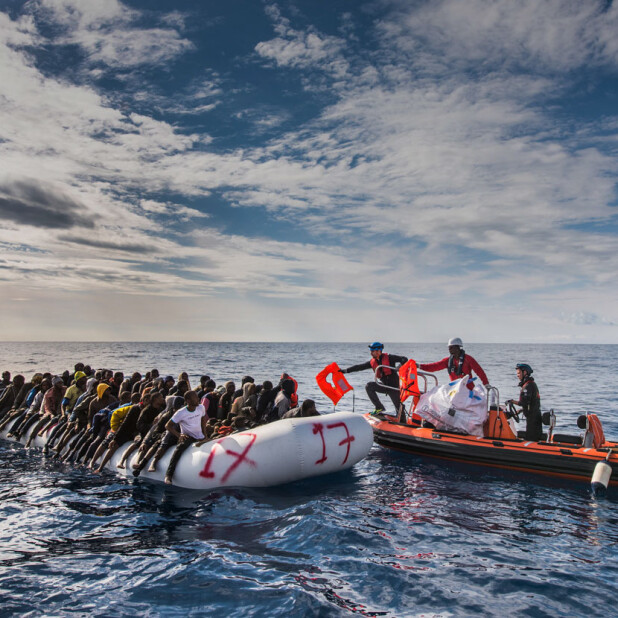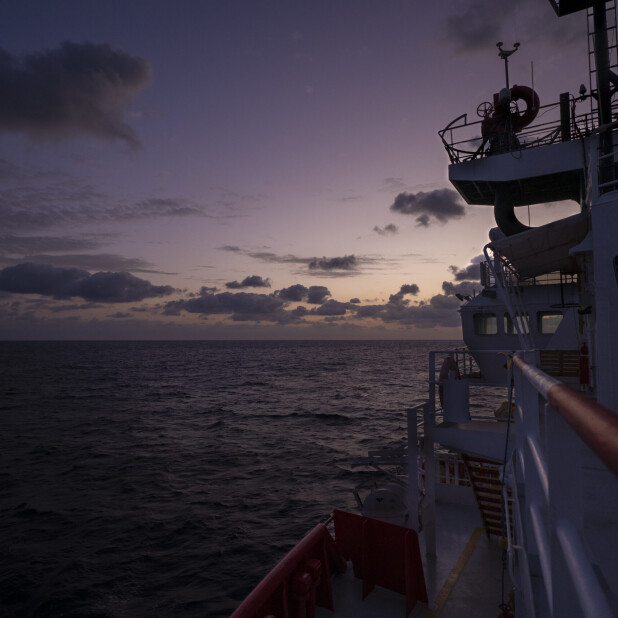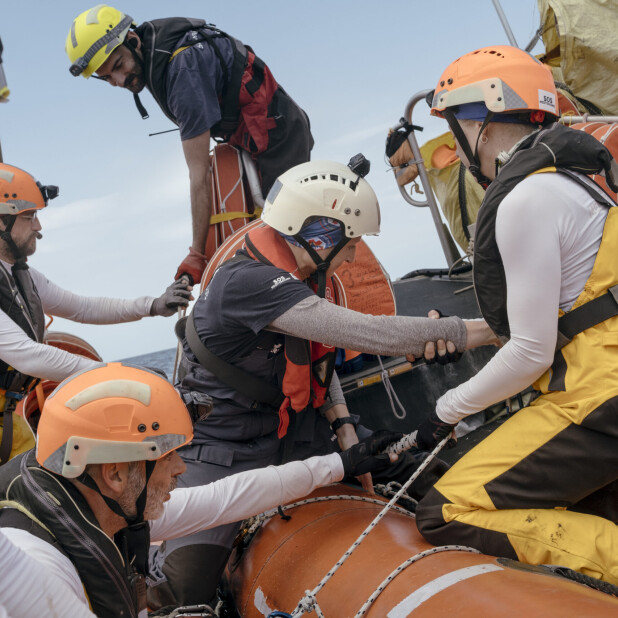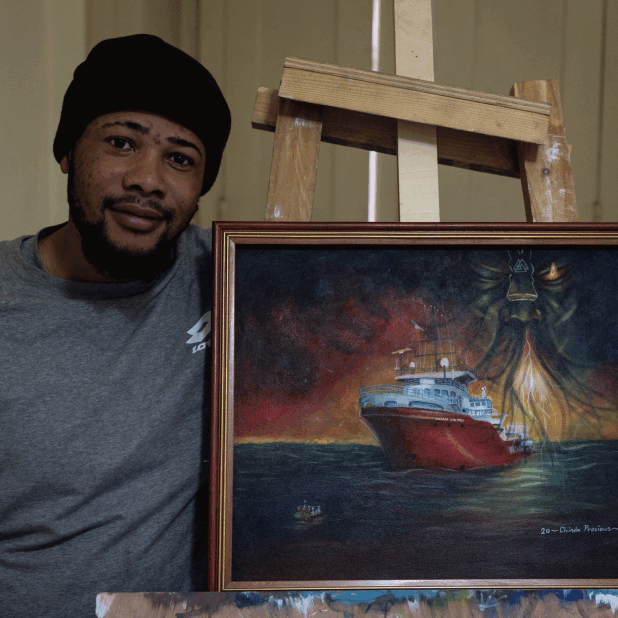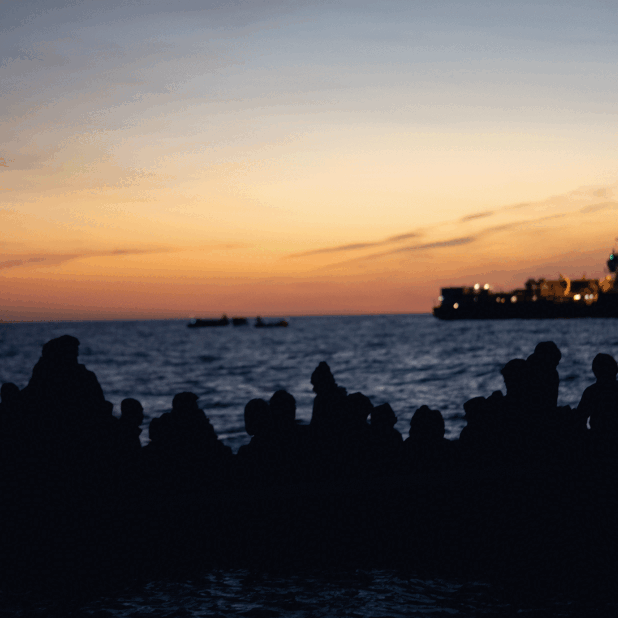
Larger, faster, fully equipped and more robust, its ergonomics is entirely designed to increase our rescue capacity and resist the extreme conditions of our operations at sea. Delivered on December 7, 2022, meet our new Easy 1 rescue boat, currently on its first missions at sea.
Max, who was able to test this new asset before the departure of the Ocean Viking from Marseille in mid-December, explains the numerous specificities of this unique tailor-made Rigid-Hulled Inflatable Boat (RHIB), a compendium of innovation in the maritime rescue field.
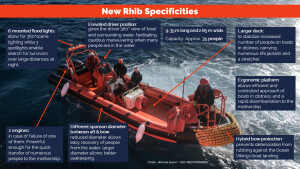
Max was one of the first rescuers to board the Aquarius in 2016. He knows many of the challenges faced by search and rescue teams in the central Mediterranean: boats “deflating and sinking with dozens of people who fell into the water in the middle of the night, clinging to anything they could“, the fateful moment of approach when “any movement of the crowd risks capsizing their boat“, the difficult transfer of the survivors from the rescue boat to the mother ship when “the waves are several meters high.”
He recalls these crucial issues with precision.
Current Search and Rescue manager at SOS MEDITERRANEE’s headquarters, Max has contributed to the continuous improvement of the teams at sea’s expertise, as well as their equipment. With the advice from many rescuers, he designed the specifications for this unique rescue boat and oversaw its manufacture. It is 9.35 meters long, that is 3 meters longer than its predecessor.
“In the specifications, we had indicated 107 specific requirements among which many are critical.
Innovation is at the very heart of our operations since the SOS MEDITERRANEE teams are constantly improving their protocols and techniques to rescue dozens, even hundreds of people crammed on a boat in distress in a very short time: these techniques related to “mass” rescues are unprecedented. There are currently no rescue boats on the market that are adapted to such operations at sea.
We needed a tailor-made tool, whose main function is to evacuate people from a situation of imminent danger to a place where they are safe.
Every element has its purpose, from the smallest electronic device to the lights that must not blind the people being rescued while giving us 360-degree visibility at night, in case one of them should fall overboard.
What we are trying to do is to reduce the risks, that is, to prevent people from dying in the central Mediterranean. The main cause of death is drowning. Secondly, suffocation from being crushed during the shipwreck. To prevent drowning, we must be able to deploy many life jackets and mass flotation devices very quickly. On this new boat, we have therefore provided additional space on deck and attachment points for numerous lifejacket bags. To hoist people who fell overboard faster, we reduced the diameter of the inflatable sponson in the middle section of the boat, but not too much either to prevent people from falling overboard once they’re in.
The rescue boat also had to:
- be robust enough to withstand craning, launching, and then exiting, as well as constant exposure to ultraviolet rays and diesel fumes;
- be powerful enough to reach navigation speed with several dozen people on board – it has twice as many room as the previous rescue boat- and to allow faster transfer of survivors to the Ocean Viking;
- be big enough in order tobe in capacity to carry a life raft to be deployed in case people fall in the water or if the boat in distress threatens to break during the evacuation operation;
- contain two engines, to be more easily maneuverable, because, when several people have fallen into the water, clothes can float to the surface and get caught in the propellers of one of the engines, rendering it unusable – so this second engine becomes essential to continue the mission;
- include a large open platform at the front to facilitate the evacuation of people in distress on board and to place stretchers when necessary
I don’t like to be too ‘romantic’ about our rescue boats, they are mainly working tools. But to me, they are also part of the lifesaving team. They are the ones who ensure the safety of the people in distress and of our teams; they are almost an extension of our bodies: without them, we would never be able to accomplish all that we do to rescue these people in distress.”
Credits: Michael Bunel / SOS MEDITERRANEE
